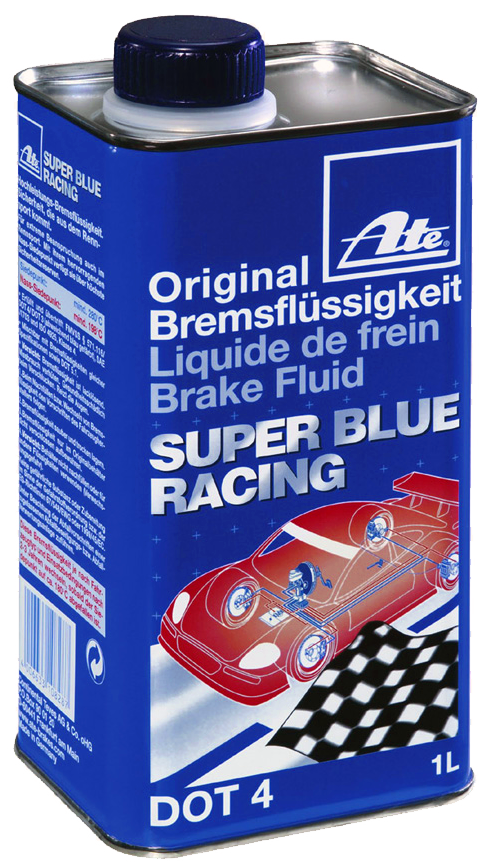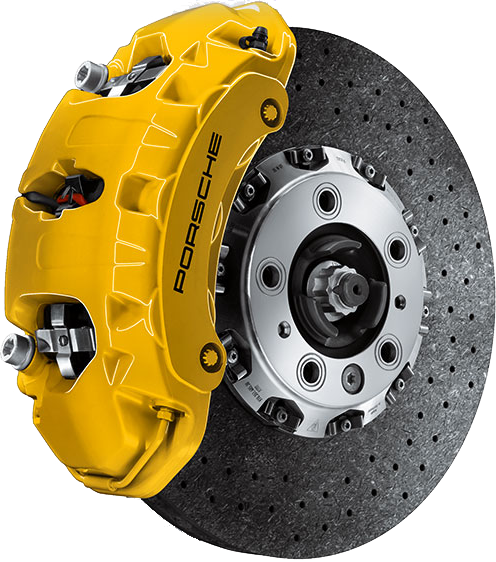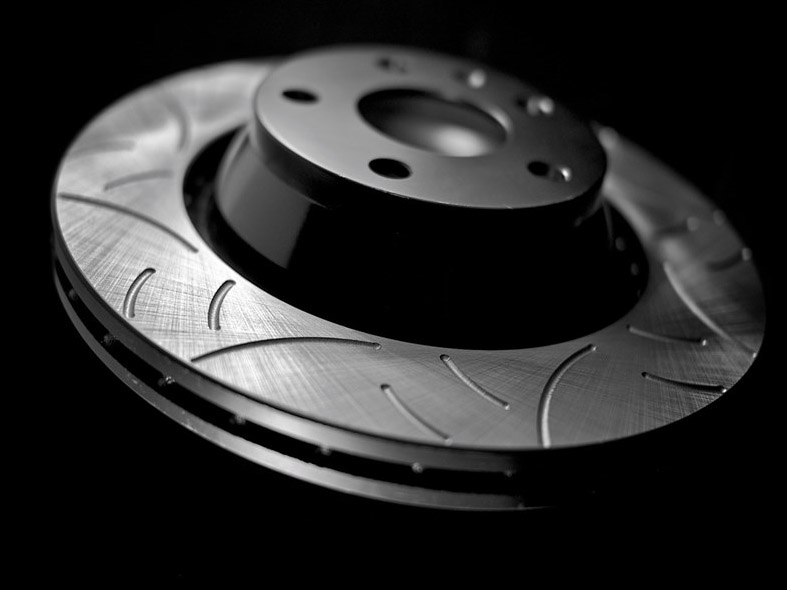“It is amazing how may drivers, even at the Formula One level, think that the brakes are for slowing the car down.”
—Mario Andretti
I love brakes. I love the pretty colors brake calipers come in, from red to yellow to blue. I love the patterns on the rotors. I even love the blue brake fluid you used to be able to buy[1].



It’s just money, right?.
There’s only one problem with brakes—they slow you down. One would think after all these years they’d be able to fix that problem, but apparently not. How can you be the World’s Greatest Racing Driver when the brakes on your car keep you from going fast?
This is also a problem driving on the street. Brakes will prevent you from driving on and on and on. They are constantly slowing or stopping you. I’ve come up with a few tips to avoid this braking problem.
1. Plan ahead. I know that thinking and driving may be hard for some of us, but it can be useful. Look down the road to avoid slow downs, obstacles, lights, etc. Take your time coming to a line up of cars at a stop sign. Change lanes early as you see traffic slowing down.
2. Don’t follow too closely. Tailgating could lead to the Traffic Caterpillar of Death.
You can be that guy that leaves a 45-car length gap ahead of him. That guy never hits his brakes, yet still keeps up with everybody. He keeps chugging along, just very slowly.
3. Use engine braking. Let off the accelerator to slow your car. Most engines will slow your car about 0.1-0.3 m/s2 (0.01-0.03 g). As reference, a non-crazy driver will brake to stop around 2-3 m/s2 (0.2-0.3 g). Slamming the brakes on a regular production car can reach about 9-10 m/s2 (0.9-1.0 g).
On many cars, engine braking is enough to maintain your speed on downhill grades below 5% (see #6 below).
4. Use a parachute or two to slow down from high speeds. This is good for up to 58.9 m/s2 (6 g) of deceleration.
“Speed has never killed anyone. Suddenly becoming stationary… that’s what gets you.”
—Jeremy Clarkson
5. Avoid large variations in speed. Sometimes going too fast means you have to brake a lot (for traffic, stop lights, etc.). Use method #3 above. Also use adaptive cruise control if your car is equipped with it. (That part is just for my job security.)
6. Downshift. This advice is normally for going downhill, but I do it once in a while on flat roads just to avoid using my brakes. (Note that I said “once in a while” and not “every time.”) Downshifting increases your engine braking.
The Detroit area is relatively flat, but as I drive around the country on various hills and mountains for my job, I’m amazed to see how many drivers ride their brakes going downhill. Shifting down one gear is usually enough to slow you down without braking. On steeper grades, you may still have to use the brakes after downshifting, but only lightly or just once in a while.
7. Drive late at night. There’s less traffic, and some traffic lights become flashing yellows. Stay away from all-night drive thrus. Avoid daylight at all cost.
8. Drive up hill/against the wind to slow down. Hey—this is pure physics. Conestoga wagons and sailing ships have been doing this for years.
9. Use your feet. Some of us may have Fred Flintstone-like feet with a high coefficient of friction. Also, in case of curves, use heels and toes. Maybe at the same time.
Just another day in my old neighborhood.
Use any of the methods above to avoid using your brakes. Your lap times will decrease, you’ll get to your destinations sooner, your gas mileage will increase, global warming will reverse, your blood pressure and cholesterol count will drop, and your children will start listening to you. All this can be yours! Well, except for that last bit about the kids.
“I like big brakes and I can not lie,
you other drivers can’t deny…”
—EMan
[1] Continental has stopped distribution of ATE Super Blue after 15 years in the U.S. because it does not comply with FMVSS 116 (Federal Motor Vehicle Safety Standards) regulations that brake fluid has to be either colorless or amber. Track junkies that like to alternate the color of their brake fluid when flushing their lines are free to let their head explode.↩
![]()
